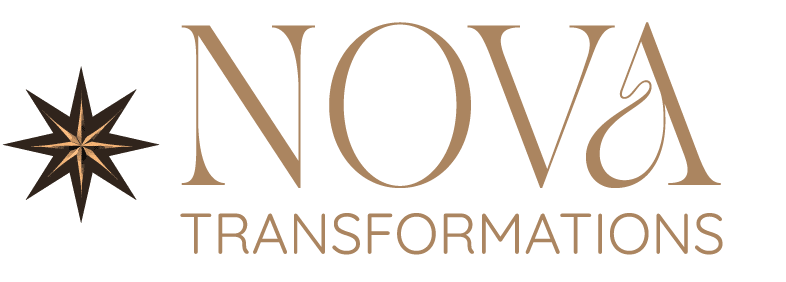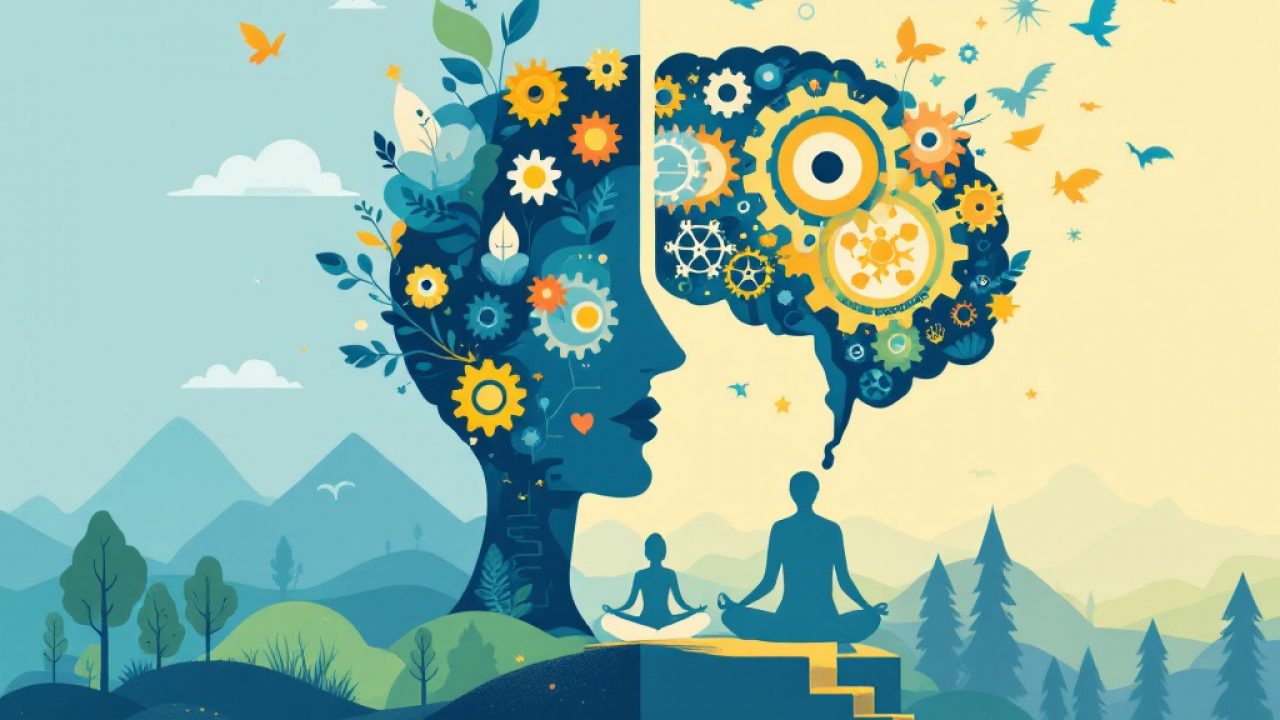When you’re exploring DBT vs CBT for substance use disorders, you’re comparing two evidence-based therapies designed to help you break free from addiction and build lasting recovery tools. Cognitive behavioral therapy and dialectical behavior therapy each offer distinct strategies for managing thoughts, emotions, and high-risk situations. By understanding their core principles, reviewing clinical research, and considering your personal needs, you can choose the approach that aligns best with your long-term goals.
Understand cognitive behavioral therapy
Cognitive behavioral therapy, or CBT, centers on the idea that your thoughts influence your feelings and behaviors. In addiction treatment it helps you:
- Identify and challenge negative thought patterns
- Develop practical coping strategies for triggers
- Improve decision-making through goal-oriented exercises
- Prevent relapse with structured skills training
A typical CBT program runs 12 to 20 sessions, either one-on-one or in a group. Each session follows a clear agenda, combining homework review, skill practice, and planning for real-world challenges. CBT’s structured, short-term format makes it effective at reducing substance use and co-occurring anxiety or depression, especially in the first six months after treatment [1].
By focusing on thought-behavior links, CBT equips you with tools to recognize and reframe unhelpful beliefs, giving you greater control over cravings and decision points.
Understand dialectical behavior therapy
Dialectical behavior therapy, known as DBT, was originally developed to treat intense emotions and high-risk behaviors. In a substance use context it emphasizes:
- Mindfulness and present-moment awareness
- Emotional regulation and distress tolerance
- Interpersonal effectiveness skills
- Dialectical abstinence strategies
DBT combines weekly group skills training with individual coaching sessions. You learn to accept difficult emotions without judgment while building tools to handle crises and prevent relapse. DBT’s focus on balancing acceptance and change can be especially helpful if you struggle with intense mood swings, impulse control, or co-occurring personality disorders [2].
This therapy fosters self-compassion and resilience, guiding you to treat lapses as learning opportunities rather than failures.
Compare therapy strategies
Different aspects of each approach make them uniquely suited to your needs. The table below summarizes key contrasts:
| Aspect | CBT | DBT |
|---|---|---|
| Central focus | Changing negative thought patterns | Emotional regulation and distress tolerance |
| Structure | Highly structured, goal oriented | Modules with flexibility |
| Session format | Individual or group sessions | Group skills training plus individual coaching |
| Core skills | Cognitive restructuring, coping strategies | Mindfulness, distress tolerance, interpersonal skills |
| Ideal participants | Those with persistent unhelpful thinking | Those needing support for intense emotions and urges |
| Typical duration | Short-term (12–20 sessions) | Long-term (6+ months) |
Focus areas
- CBT zeroes in on how your thoughts fuel behaviors
- DBT balances acceptance of feelings with change strategies
Session dynamics
- CBT assignments emphasize homework and skill drills
- DBT includes mindfulness exercises and crisis coaching
Holistic integration
Both therapies can be enhanced by complementary practices. You might layer CBT with mindfulness-based relapse prevention or enrich DBT skills with using yoga and mindfulness in treatment to strengthen your overall resilience.
Review clinical evidence
Evaluating research helps you see how each therapy performs for substance use disorders and related conditions.
Research on CBT
- A meta-analysis of 34 randomized controlled trials reported a moderate overall effect size (d = 0.45) for drug abuse and dependence, with especially strong results in cannabis dependence [3].
- CBT carries a strong recommendation for SUD treatment based on moderate-quality evidence showing significant reductions in substance use at early follow-up (1–6 months) [1].
Research on DBT
- In patients with generalized anxiety disorder, DBT led to greater improvements in executive function and symptom severity compared to CBT, with gains maintained at follow-up [4].
- DBT adapted for substance use disorders (DBT-SUD) uses strategies like dialectical abstinence and “failing well” to minimize relapse impact, showing promising results in populations with co-occurring borderline personality disorder [2].
Combined approaches
- Acceptance and Commitment Therapy (ACT) and DBT have compared favorably to active controls when targeting substance use disorders, combining mindfulness and values-driven strategies with behavior change techniques [5].
By weighing these findings, you can assess which therapy aligns best with your recovery timeline and symptom profile.
Consider your needs
Choosing between CBT and DBT often comes down to your unique challenges and goals.
Emotional regulation
If you experience intense emotions that trigger substance use, DBT’s focus on distress tolerance and emotional regulation skills in recovery may be particularly helpful.
Cognitive challenges
When negative thought patterns and self-defeating beliefs drive your use, CBT’s structured approach to cognitive restructuring can offer clear, actionable strategies.
Trauma-informed care
If past trauma underlies your addiction, look for programs that integrate DBT or CBT within a trauma-informed care in addiction treatment framework to ensure sensitive handling of painful memories.
Explore Charlotte rehab options
Many Charlotte rehab programs offer CBT, DBT, or both within comprehensive recovery plans.
Individual therapy
One-on-one sessions let you focus intensively on either modality. Ask providers about individualized therapy for long-term success and how they tailor techniques to your history.
Group therapy
Group settings foster peer support as you learn core skills together. Programs that highlight group therapy benefits in addiction recovery can enhance accountability and shared insight.
Integrative programs
Holistic centers often blend multiple therapies—CBT, DBT, mindfulness, experiential methods, and somatic approaches—to address mind, body, and spirit. Explore facilities emphasizing the benefits of holistic addiction treatment programs or combining DBT with experiential therapy for emotional healing for deeper transformation.
Make an informed choice
As you decide, use these questions and criteria to guide your next steps:
Key questions
- Which skills do you most need—thought reframing or emotion modulation?
- How long can you commit to a structured program?
- Do you prefer individual coaching or group learning formats?
Decision criteria
- Symptom presentation (anxiety, depression, impulsivity)
- Co-occurring conditions (trauma history, personality disorders)
- Program duration and intensity
- Availability of complementary therapies (yoga, art therapy, mindfulness)
Next steps
- Consult with an addiction specialist to discuss your profile.
- Tour Charlotte facilities offering CBT, DBT, or integrative models.
- Review treatment plans and ask about outcome data.
- Enroll in the program that best aligns with your goals.
Your journey toward lasting change begins with choosing the right therapeutic path. By comparing CBT and DBT through the lens of research, personal needs, and program features, you can take confident steps toward sustainable recovery.








